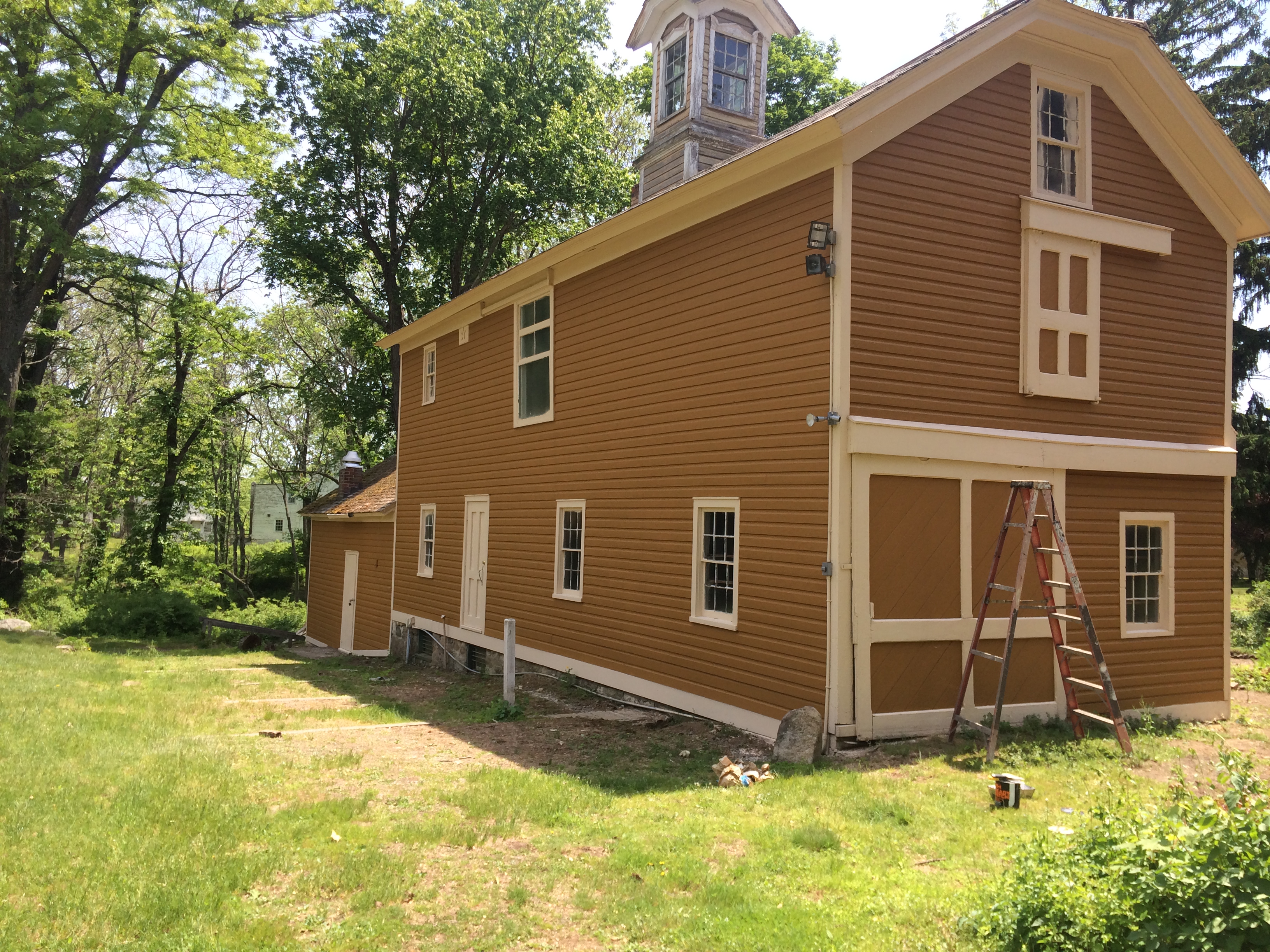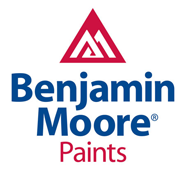Why Proper Surface Preparation is the Key to a Lasting Paint Job
A fresh coat of paint can transform any property, from a sprawling industrial facility to a cherished historic home. But what truly determines the longevity and quality of that paint job isn’t just the paint itself—it’s the preparation that happens before the first brushstroke. For commercial, industrial, and even residential projects, combining professional sandblasting and painting is the gold standard for achieving a durable, high-quality finish. This powerful duo ensures that surfaces are perfectly prepped, leading to superior paint adhesion and long-term protection against the elements.
Think of it as the foundation of your painting project. Without a clean, properly textured surface, even the most expensive coatings can fail, leading to chipping, peeling, and premature rust. Sandblasting removes the guesswork, creating the ideal canvas for a finish that not only looks impeccable but also stands the test of time.
What is Sandblasting? The Power of Abrasive Blasting
Sandblasting, also known as abrasive blasting, is a surface preparation technique that involves propelling abrasive media at a high velocity against a surface. The impact of these particles effectively strips away contaminants, old paint, rust, mill scale, and other impurities. This process doesn’t just clean the surface; it also creates a subtle texture, or “anchor profile,” which is crucial for optimal paint adhesion. A properly prepared surface allows the primer and paint to grip tightly, forming a strong mechanical bond that prevents failures.
Modern sandblasting can utilize a variety of media, not just sand. Depending on the material and the desired finish, professionals might use steel grit, glass beads, aluminum oxide, or even organic materials like walnut shells. This versatility makes sandblasting suitable for a wide range of materials, including steel, iron, concrete, and wood.
The Unbeatable Benefits of Combining Sandblasting with Painting
Superior Adhesion and Longevity
The primary benefit of sandblasting before painting is dramatically improved adhesion. A clean, profiled surface ensures the paint coating bonds directly and securely to the substrate, preventing common issues like peeling, blistering, and chipping. This leads to a finish that can last years longer than paint applied over an improperly prepared surface.
Complete Contaminant and Rust Removal
Sandblasting is incredibly effective at removing stubborn contaminants that manual or chemical cleaning can miss, such as deeply embedded rust, old coatings, oil, and grime. By stripping the material down to a clean, bare state, it eliminates underlying corrosion that could compromise the new coating. For commercial painting projects on metal structures, this step is non-negotiable for ensuring structural integrity and protection.
Efficiency and Cost-Effectiveness
While it may seem like an extra step, professional sandblasting is highly efficient and can save significant time and money in the long run. It prepares large surfaces much faster than manual methods like sanding or grinding. By extending the life of the paint job, it reduces the frequency of costly repaints and maintenance, providing a better return on investment.
A Uniform, Professional Finish
Creating a smooth and uniform surface is essential for achieving a professional, high-quality finish. Sandblasting removes imperfections, pits, and old, uneven paint layers, ensuring the new coating is applied smoothly and evenly. This is particularly important for specialized applications like electrostatic painting, where surface uniformity is key to a flawless result.
Applications: From Industrial Tanks to Residential Railings
Sandblasting and painting are versatile services crucial for maintaining and protecting a wide array of assets.
Commercial & Industrial
- Structural Steel
- Warehouses and Factories
- Tanks, Silos, and Pipelines
- Heavy Machinery & Equipment
- Bridges and Superstructures
Residential & Specialty
- Wrought Iron Fences and Railings
- Metal Patio Furniture
- Brick and Concrete Cleaning
- Swimming Pool Resurfacing
- Historic Restoration Projects
Your Trusted Sandblasting Partner in Red Bank, New Jersey
For property managers and homeowners in Red Bank and across New Jersey, choosing the right contractor is crucial. The process of sandblasting and painting involves specialized equipment and strict safety protocols to protect both the workers and the property. Professional contractors like Spectra Painting bring decades of experience, ensuring every project is handled with precision, safety, and a commitment to quality.
With a deep understanding of local conditions and industry standards, a local expert can recommend the best abrasive media and coating systems for your specific needs, whether it’s for a large-scale commercial project or a detailed residential painting job. Since 1989, our team has been dedicated to delivering exceptional results that enhance and protect New Jersey properties.
Ready to See the Difference?
Don’t let a poor surface compromise your next painting project. Invest in a finish that lasts. Contact Spectra Painting for a comprehensive consultation on our sandblasting and painting services.
Frequently Asked Questions
Is sandblasting safe for all surfaces?
While extremely effective, sandblasting requires professional expertise. Different surfaces require different abrasive media and pressure levels to avoid damage. A professional contractor will assess the surface material—whether it’s hardwood, steel, or delicate masonry—and select the appropriate technique. For softer materials, methods like soda blasting may be used.
How long does the paint last after sandblasting?
A coating applied to a sandblasted surface can last significantly longer—often two to three times longer—than one applied to a poorly prepared surface. The exact lifespan depends on the quality of the paint, the environmental conditions, and the specific coating system used. For example, industrial-grade epoxy and urethane systems can provide protection for 15-20 years.
Is sandblasting messy?
Sandblasting does create dust and debris. However, professional contractors use containment methods like tarps and shrouds, as well as dust collection systems, to minimize the mess and protect the surrounding environment. For sensitive areas, wet abrasive blasting can be used, which introduces water to the media stream to suppress dust.
What’s the process after the sandblasting is complete?
Immediately after blasting, the surface is cleaned of all residual abrasive dust. A primer coat is then applied promptly to prevent “flash rust”—the rapid re-oxidation of exposed steel. After the primer has cured, the intermediate and top coats are applied according to the project specifications to complete the protective system.






